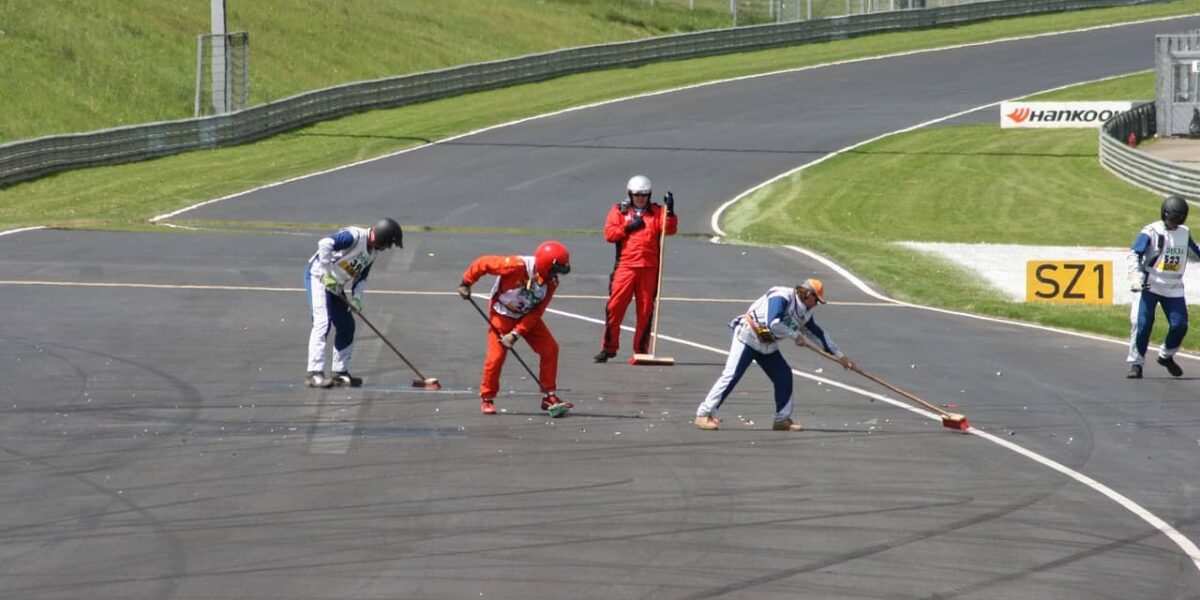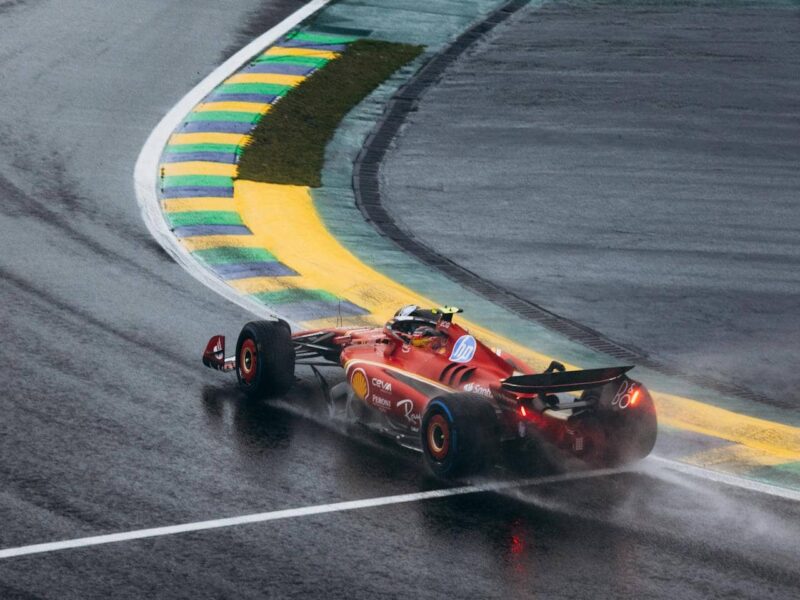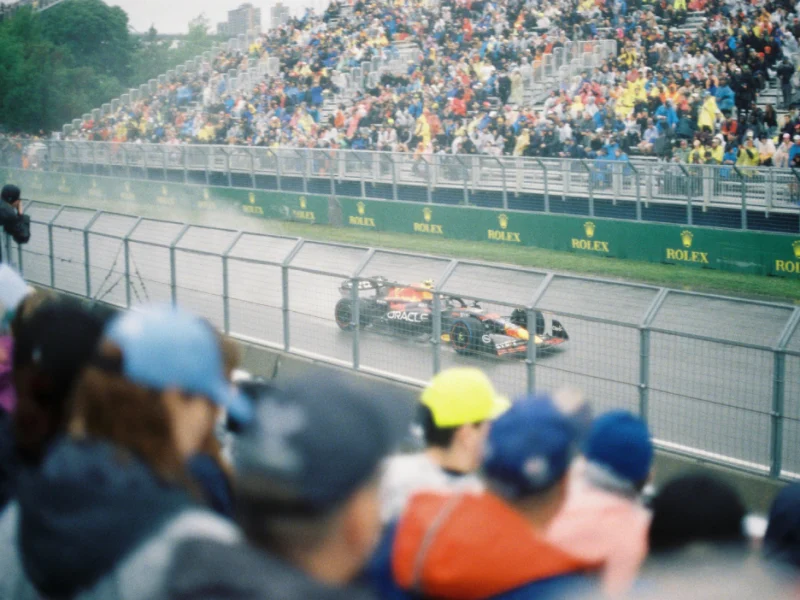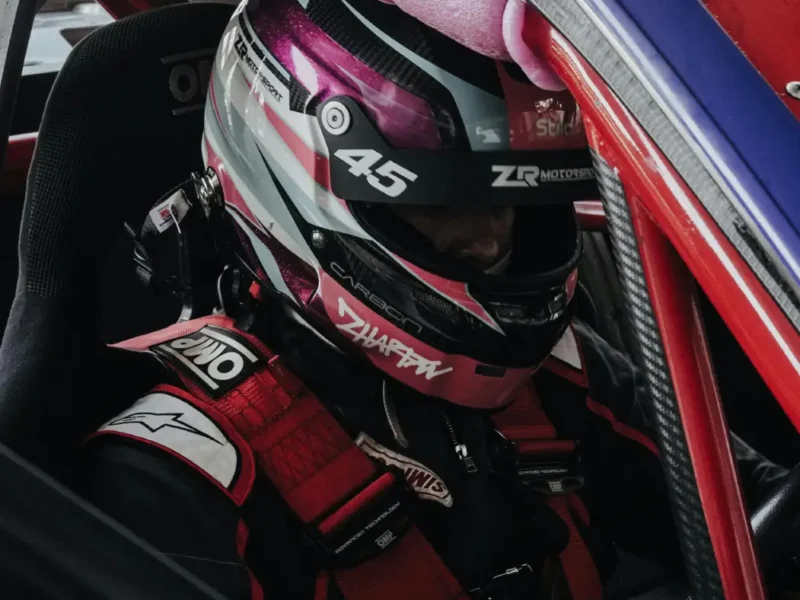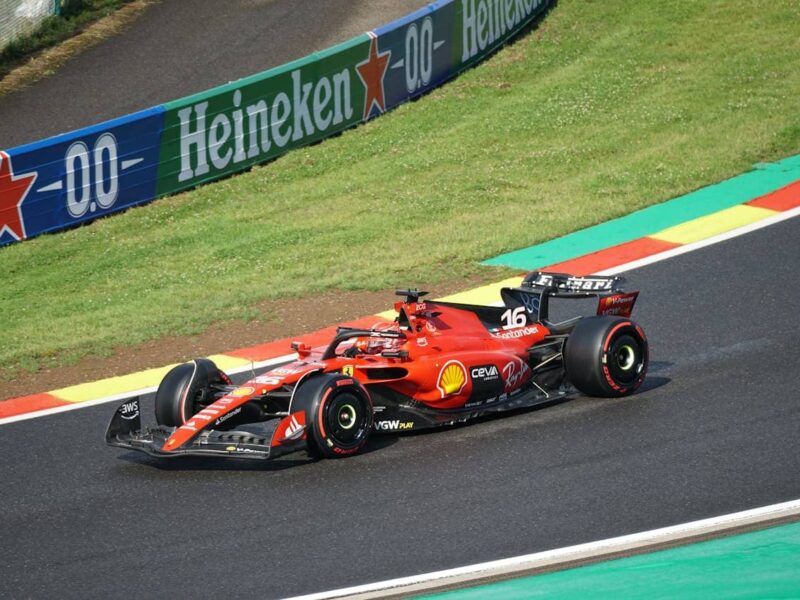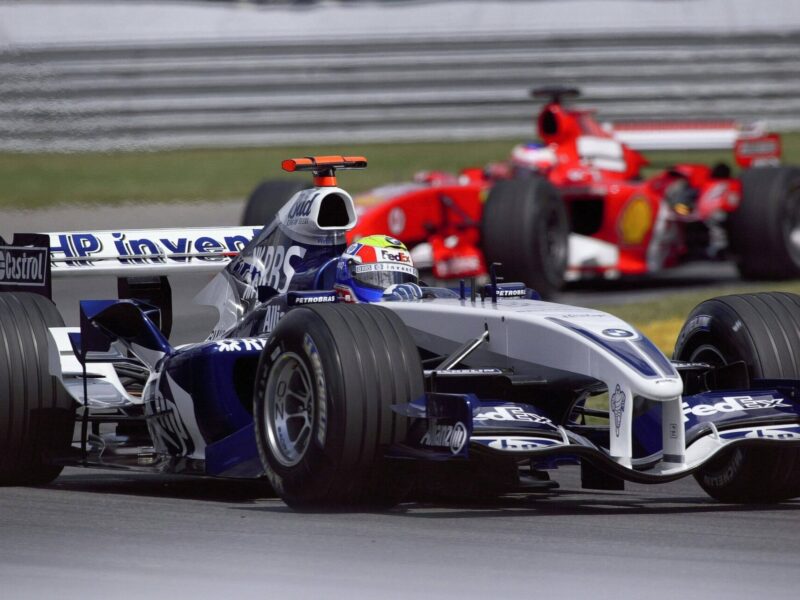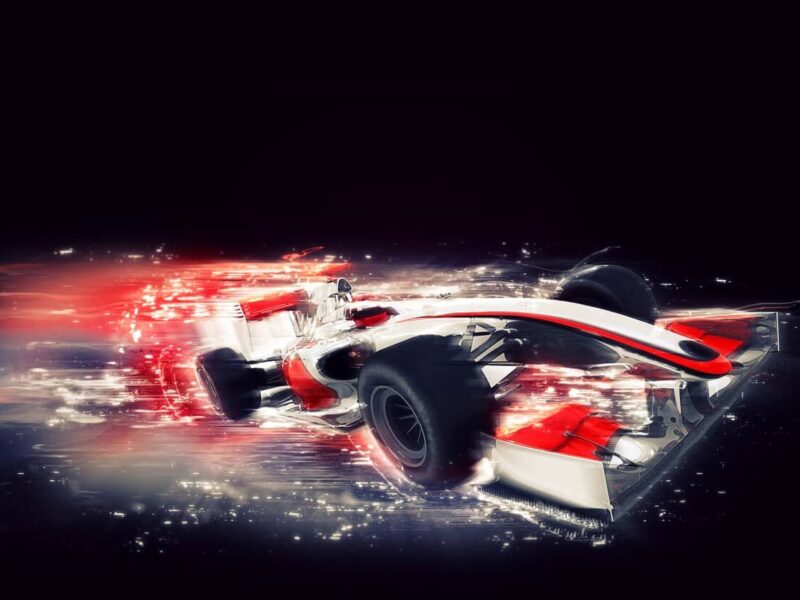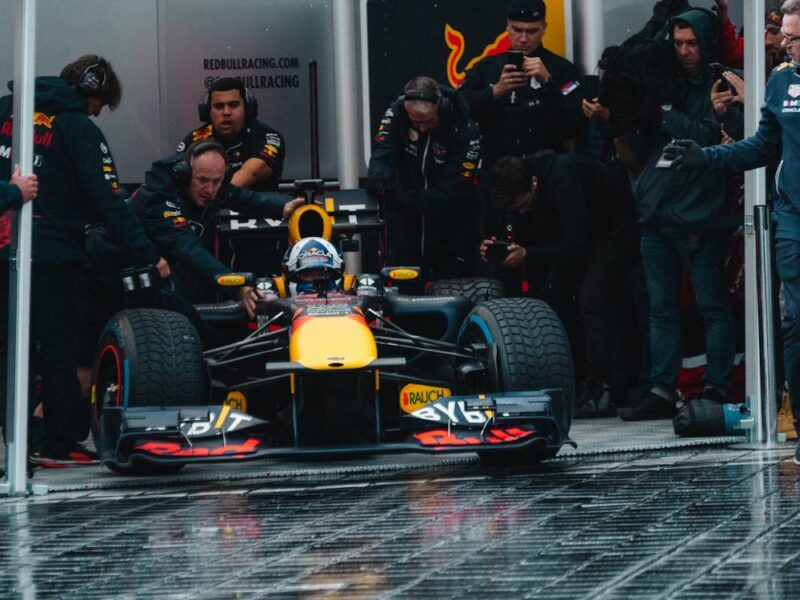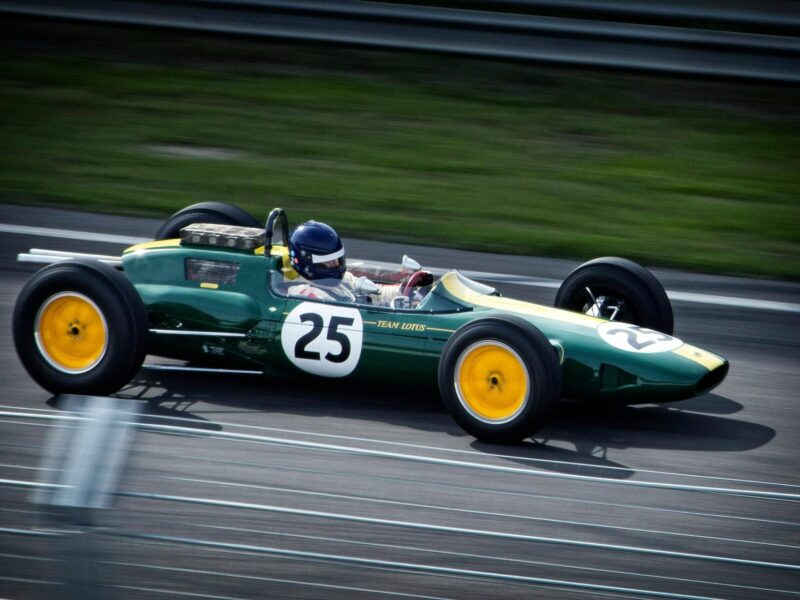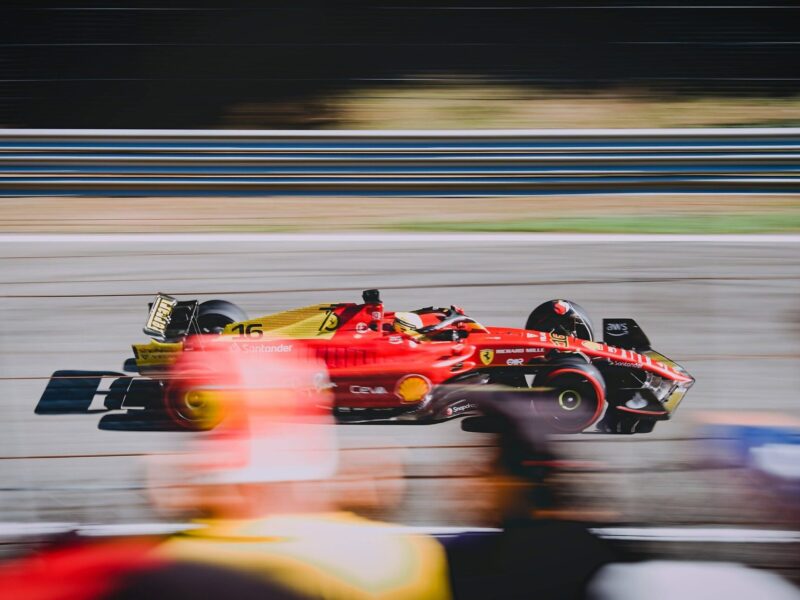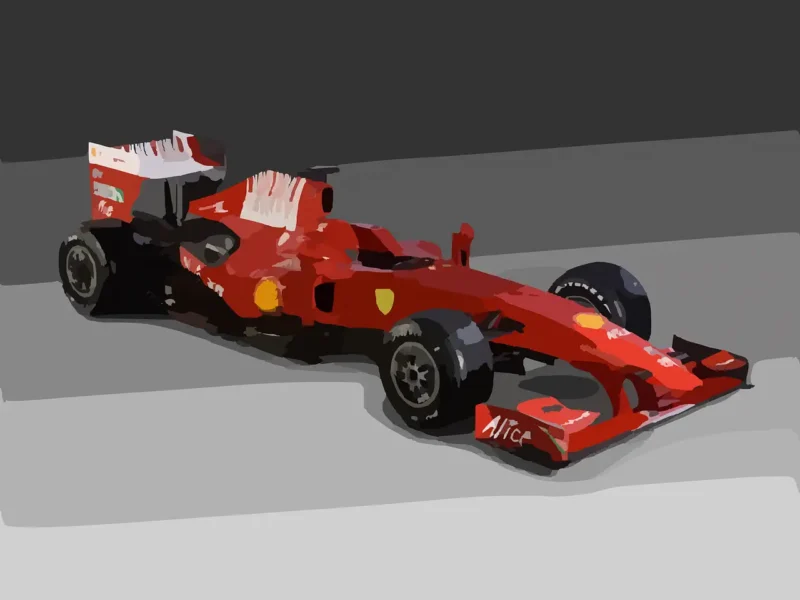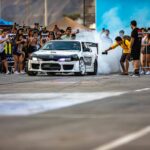Formula 1 flags explained – this is what they mean
If you have ever watched Formula 1 or are an avid fan, you have undoubtedly seen a certain so-called flag during practice, qualifying or the race that affects the course of the race. Usually it is a yellow or green flag, but not necessarily so. It may surprise you, but no fewer than 10 different flags are used in Formula 1. Some of which you will undoubtedly encounter more often than others. Even for the seasoned Formula 1 fan, not all flags are equally familiar. Still, it is interesting to understand what each flag stands for. We are going to help you understand all the flags so you are fully aware of what is happening on the race track
- Green flag
- Yellow flag
- Red flag
- Blue flag
- White flag
- Black flag
- Red and yellow flag
- Black flag with an orange dot
- Black and white diagonal flag
- Blocked flag
Formula 1 Flags
Flags in Formula 1 are crucial, not only in Formula 1 but also in motorsport as a whole. In Formula 1, flags are used to communicate with the drivers. The driver can then anticipate what may be ahead. In case of a dangerous situation, a marshal, a person waving the flag, will warn the driver. This creates a safer environment, reducing the likelihood of potential hazards.
The Meaning of Formula 1 Flags
The following explains all the flags that can be used in Formula 1. Some flags may be more familiar than others, but it is still interesting to recognise all of them.
Green flag
This flag indicates that the driver should no longer expect any danger and that drivers may resume racing at full speed
Yellow flag
When a yellow flag is waved, drivers must take into account possible danger. When drivers see this flag, they must reduce their speed and are obliged not to overtake each other. when a yellow flag is waved, a distinction is made between single yellow and double yellow. With a double yellow flag, the danger is considerably greater and drivers should really beware of the danger they may encounter.
Red flag
In case of a red flag, the race is stopped and drivers are obliged to drive towards the pit lane. The danger is such that racing can temporarily not be continued. The cause may be a violent accident, damage to crash barriers or a large amount of debris scattered on the track.
Blue flag
One flag that passes in almost every race is the blue flag. You will see this flag mainly towards the end of the race. When a driver sees a blue flag, it means that a faster car is approaching and they are obliged to make room to be overtaken. In Formula 1, the blue flag is shown when a driver is put on a lap, also known as being ‘lapped’.
White flag
This flag alerts drivers that there is a slow-moving vehicle on the track. An example would be a Formula 1 car that has a mechanical problem and can no longer run at high speed. But it could also be that there is a tow truck or ambulance on the track. When this flag is shown, drivers are not allowed to overtake and must reduce their speed.
Black flag
A flag that is rarely shown and also really means foul is the black flag. A black flag is shown to a driver who does not obey the rules. If a driver is shown this flag, it means disqualification. The driver must immediately drive to the pit lane and report to race control.
Red-and-yellow flag
This flag refers to a change of grip on the asphalt on which the drivers are driving. In common cases, this could be due to oil, water or other type of dirt. With this flag, the driver knows that the upcoming section may be slippery, allowing the driver to adjust his speed to maintain control
Black flag with an orange dot
In motorsport, this flag is also known as the ‘meatball’ flag. This flag informs the driver that there is something wrong with his car. This could be because, for example, there is a loose piece hanging from the car that could potentially fall off. If the driver is shown this flag, he must go straight to the pit lane so that mechanics can inspect the problem.
Black and white diagonal flag
This flag is used as a warning to a driver for unsportsmanlike behaviour. It is a signal that the driver is on the brink of an official sanction. If the behaviour is not modified, further measures may follow, such as time penalties or disqualification (the black flag). The purpose of this flag is to warn the driver without directly imposing a severe penalty, in the hope that the behaviour will be changed immediately.
Blocked flag
This flag is only armed at the finish and signifies that the session has ended. This can be an end to practice, qualifying or race. The driver who is the first to see this flag has won the race and gets to stand on the top step of the podium.
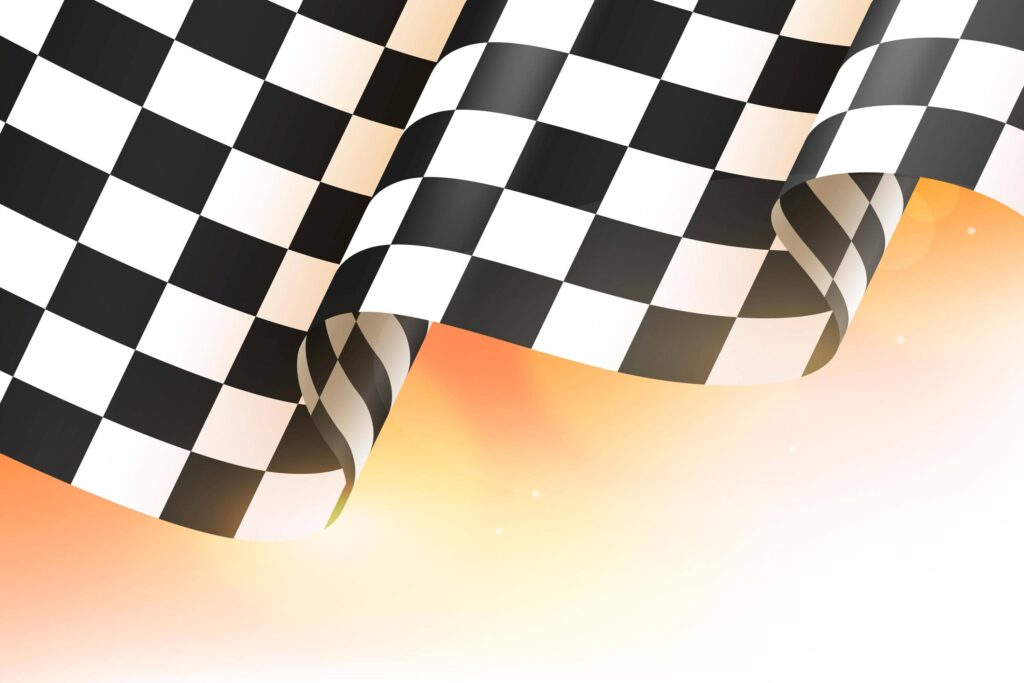
FAQ
Generally speaking, this is almost impossible in today’s Formula 1. Besides the marshals waving the flags instructed to them by race control, there are also digital matrix boards that display the same flag next to the race track. If the driver cannot/will not see it, the flag is also shown on the handlebar display. And if all this is missed by the driver, which is actually almost impossible, the race engineer in contact with the driver can inform him about what is happening on the track.
Also relevant to know are the terms safety car and virtual safety car, abbreviated SC and VSC. These terms are not covered by flags, but they do affect the race. An SC and VSC indicate a neutralisation of the race. During a safety car, which in almost all cases is called onto the track by an accident or stationary vehicle in a dangerous spot, the driver is not allowed to overtake and must reduce speed. The safety car catches the drivers. The drivers are not allowed to overtake this car until another green flag is waved and the safety car has entered the pit lane. The virtual safety car is basically the same, only there is no car on the track dictating the speed of the drivers. However, the drivers do have to adhere to a so-called delta. A delta is a time that is 30-40% slower than a normal lap. Drivers are not allowed to go faster than their delta until the virtual safety car has disappeared.
It sometimes happens that a driver ignores a flag either deliberately or unknowingly. When this happens, the incident comes to the race committee. They will then decide what penalty to apply. Depending on the seriousness of the situation, this can be a time penalty to be carried out in the pits during the race, a time penalty to be added at the end of the race, penalty points on the racing licence and, if the driver has made it very concise, disqualification follows.
Marshalls receive training and instructions on the use of flags and are in direct communication with race management. They receive instructions on when and which flags to wave, based on the situation on the track and the decisions of race control.
Yes, in many cases the introduction of an SC or VSC, for example, can affect the race. Because maximum speed may not be driven during an SC or VSC, it can be very beneficial to change tyres. Changing tyres takes less time when the competition is not driving at full speed. Many commentators in Formula 1 also describe this as a ‘free’ pit stop.
